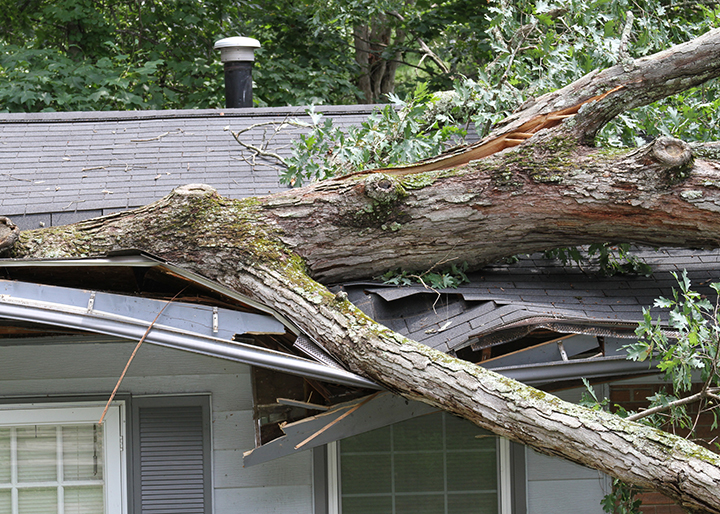Detroit, Michigan
The “Motor City” is Coming Back for More By Carole VanSickle Ellis At the end of 2023, Detroit, Michigan, was enjoying some unseasonably warm weather thanks to a “no-snow December” that posted high temperatures in the 40s and about one-tenth of an inch of snow for the Motor City (vs. “normal” December temperatures around 30° Fahrenheit and snowfalls of more than 10 inches). Maybe it was the real estate market.
Read More












